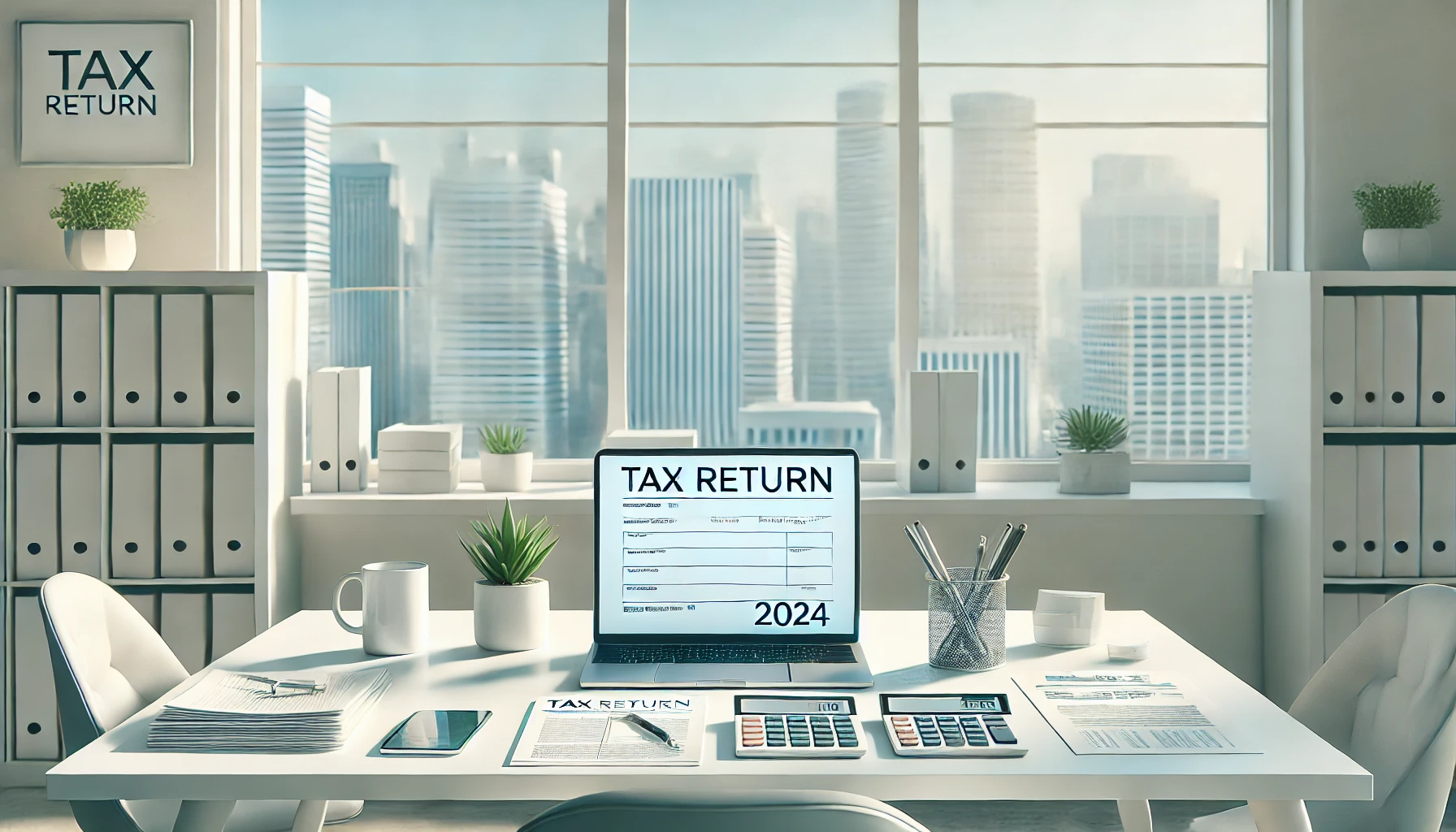As the calendar turns and the promise of a new year dawns, so does the inevitable responsibility that awaits every working individual in Australia – the tax return. In 2024, this annual financial rite of passage continues, and it’s crucial to be well-prepared. Understanding the intricacies of the tax return process is not just a legal obligation but also an opportunity to optimize your financial standing. With the right knowledge and strategies, you can make this task more manageable, even potentially resulting in a welcome financial boost through refunds. In this article, we will explore the essential details, key dates, and valuable tips to navigate the tax return process smoothly in 2024.
Understanding Tax Returns in Australia
Tax returns in Australia are a necessary process for all working individuals. It involves reporting your financial details, income, and deductions to the Australian Taxation Office (ATO). The aim is to calculate the amount of tax you owe or the refund you’re entitled to. For tax return 2024, understanding the basics is essential.
The process might seem daunting, but it’s crucial to fulfill your civic duty and ensure your financial health. Tax return 2024 is a legal requirement, and compliance is necessary to avoid penalties. It’s important to familiarize yourself with the process to ensure a smooth experience.
Also Read: Company Tax Return Instructions 2024
Key Dates for Tax Returns in 2024
Filing your tax return on time is crucial to avoid penalties and inconveniences. For the tax return 2024, the key dates are as follows:
1st July 2024: The beginning of the new financial year.
1st July 2024 to 31st October 2024: The official tax return period.
31st October 2024: The deadline for individual tax returns.
Filing Your Tax Return
Filing your tax return can be done through various methods, but online filing is often the most convenient and popular choice. It streamlines the process, reduces errors, and speeds up your refund. The ATO provides a user-friendly online platform, myTax, which guides you through the steps.
For paper filing, you can request the necessary forms from the ATO or your local post office. However, this process tends to be slower and less user-friendly, making it less favorable.
Eligibility Criteria
Determining your eligibility for filing a tax return is important. You are required to submit a tax return if you:
- Earned taxable income during the financial year.
- You had taxes withheld from your income.
If you meet these criteria, you should file a tax return, even if you think you may not owe any taxes. Filing is not only a legal requirement but also an opportunity to claim refunds and benefits.
Documentation Required
When preparing for your tax return, gather essential documents. These include Payment Summaries from your employers, bank statements, and receipts for deductions. Having these documents ready will make the process smoother and help you claim all eligible deductions.
It’s crucial to keep records of all your financial transactions and earnings throughout the year. This documentation is essential for ensuring that you accurately report your income and deductions.
Online vs. Paper Filing
The choice between online and paper filing is significant. Online filing is efficient, user-friendly, and the preferred method for most taxpayers. It’s especially advantageous for those with straightforward tax situations.
Paper filing, on the other hand, is less popular due to its slower processing times and higher likelihood of errors. While it may be suitable for certain situations, online filing is generally recommended for a hassle-free experience.
Tips for Maximizing Your Refund
To maximize your refund during your tax return in 2024, consider these key strategies:
- Understand Eligible Deductions: Familiarize yourself with the range of deductions available, like work-related expenses, charitable contributions, and investment costs. These deductions can significantly reduce your taxable income.
- Maintain Accurate Records: Keep a detailed record of all expenses and receipts throughout the year. This diligence ensures you can claim all applicable deductions accurately.
- Leverage Tax Offsets and Credits: Investigate various tax offsets and credits offered by the Australian Tax Office (ATO). These can further reduce your tax liability and potentially increase your refund.
- Optimize Investment Strategies: Review your investment portfolio and consider strategies like income splitting or investing in tax-effective vehicles. This can help reduce overall taxable income.
- Seek Professional Advice: Consult a tax professional for personalized advice, especially in complex situations. Their expertise can uncover additional savings or strategies you might have missed.
By following these tips, you can make the most of your tax return and potentially receive a larger refund.
Common Mistakes to Avoid
Avoid these common mistakes when filing your tax return:
- Avoid Inaccurate or Incomplete Information: Ensure all the details you provide on your tax return are correct and complete. Any errors or omissions can lead to processing delays or penalties.
- Report All Income Sources: Don’t overlook any income, whether it’s from employment, investments, or side gigs. All sources of income must be declared to the ATO.
- Correctly Calculate Deductions: Be meticulous in calculating your deductions. Incorrectly claimed deductions can lead to audits and penalties.
- Understanding the Tax Implications of Investments: Misunderstanding the tax treatment of various investments can lead to costly mistakes. Make sure you’re aware of the tax implications of your investment choices.
- File On Time: Late filings can lead to unnecessary fines and interest charges. Keep track of submission deadlines and plan accordingly.
These errors can lead to delays in processing and potential penalties. Double-checking your information before submission is crucial.
Penalties for Late Filing
Filing your tax return late can result in penalties. If you miss the October 31st deadline, you may face fines or interest charges on the outstanding tax amount. To avoid these penalties, ensure you file on time or seek an extension if necessary. Timely filing is crucial to maintaining good standing with the ATO and avoiding unnecessary financial burdens.
Conclusion
Navigating the world of tax returns in 2024 in Australia is vital for every taxpayer. Understanding the process, key dates, and strategies for maximizing your refund can make the annual ritual less intimidating and more rewarding. It’s a legal obligation, but it’s also an opportunity to ensure you’re not paying more than necessary. Now, as we approach the tax season, the question arises: Are you prepared for tax returns in 2024? Do you have all your documentation in order, and are you aware of the deductions and credits you can claim? We encourage you to be proactive and make the most of this annual financial endeavor.
FAQs
1. Can I file my tax return after the October 31st deadline?
It’s best to file your tax return on time to avoid penalties, but you can still submit it late if needed.
2. How long does it take to receive a tax refund?
The processing time varies but usually takes around 2-3 weeks for online filers.
3. What are some common tax deductions in Australia?
Common deductions include work-related expenses, home office expenses, and donations to registered charities.
4. Can I file my tax return without professional help?
Yes, many people can file their tax returns independently, especially if their finances are straightforward.
5. What happens if I make a mistake on my tax return?
If you make a mistake, you can usually amend it later. However, it’s best to avoid errors by double-checking your information before filing.





